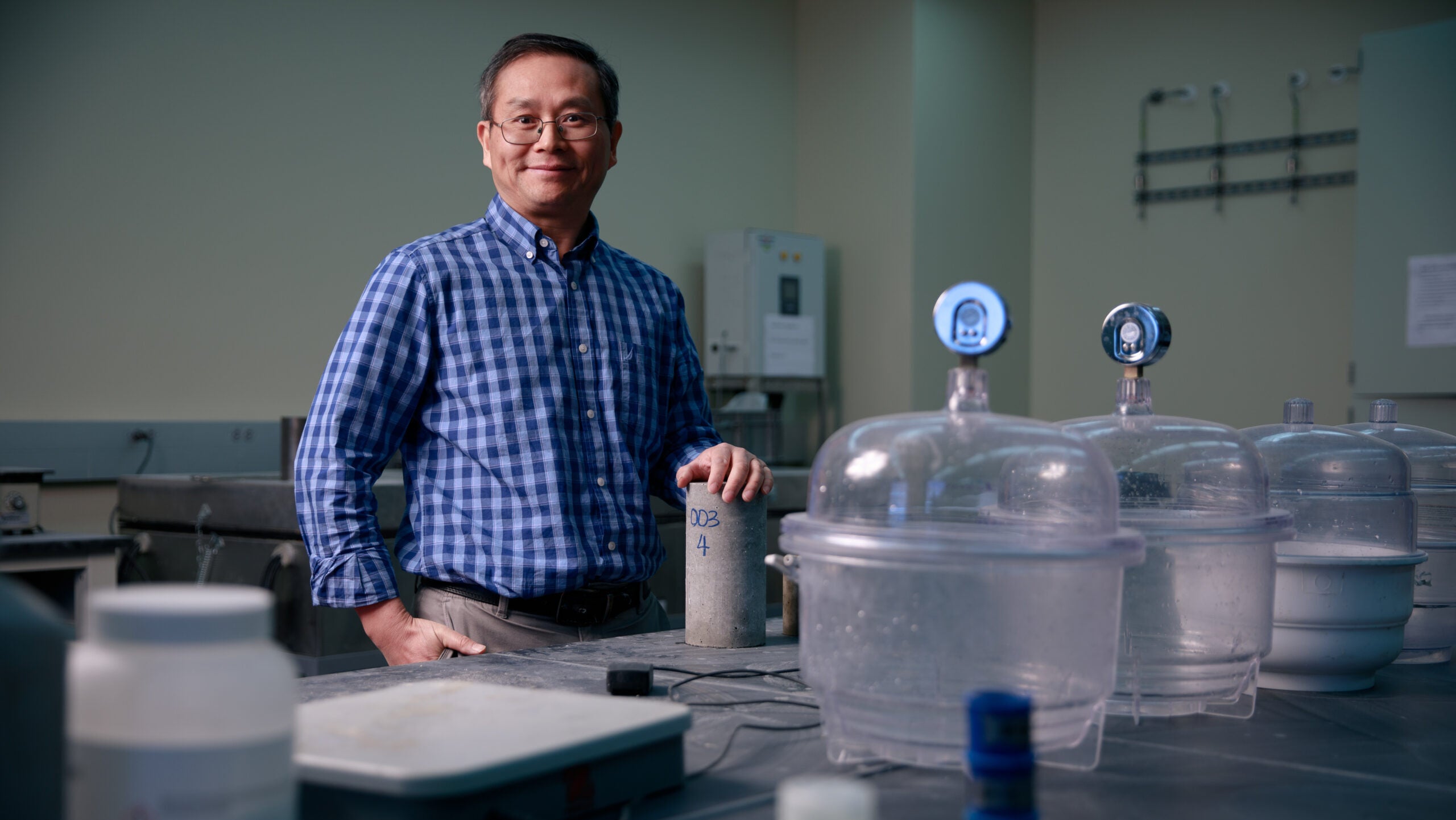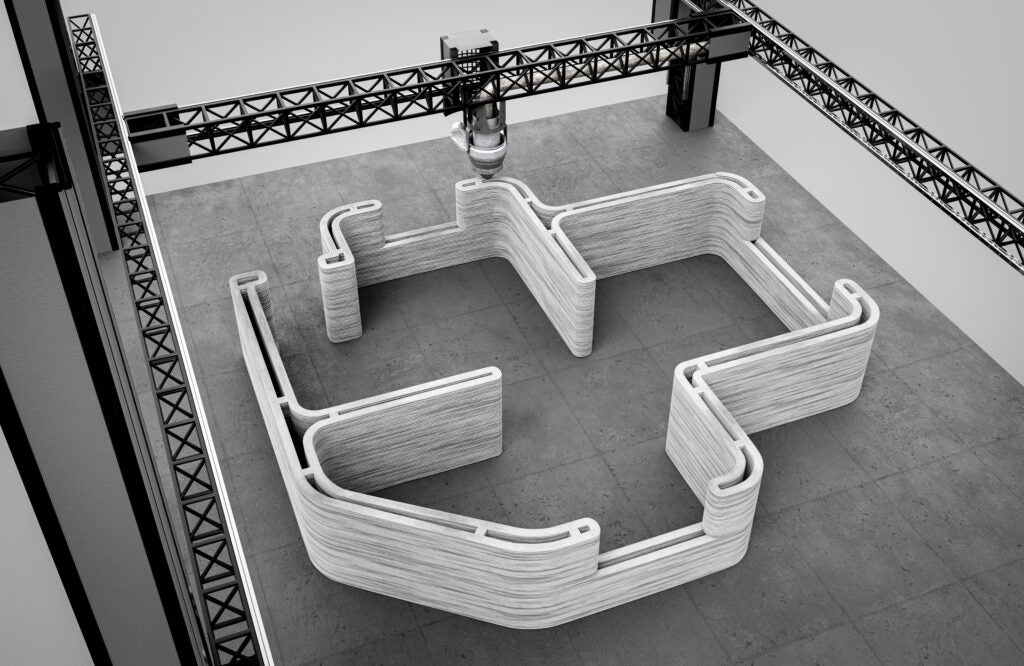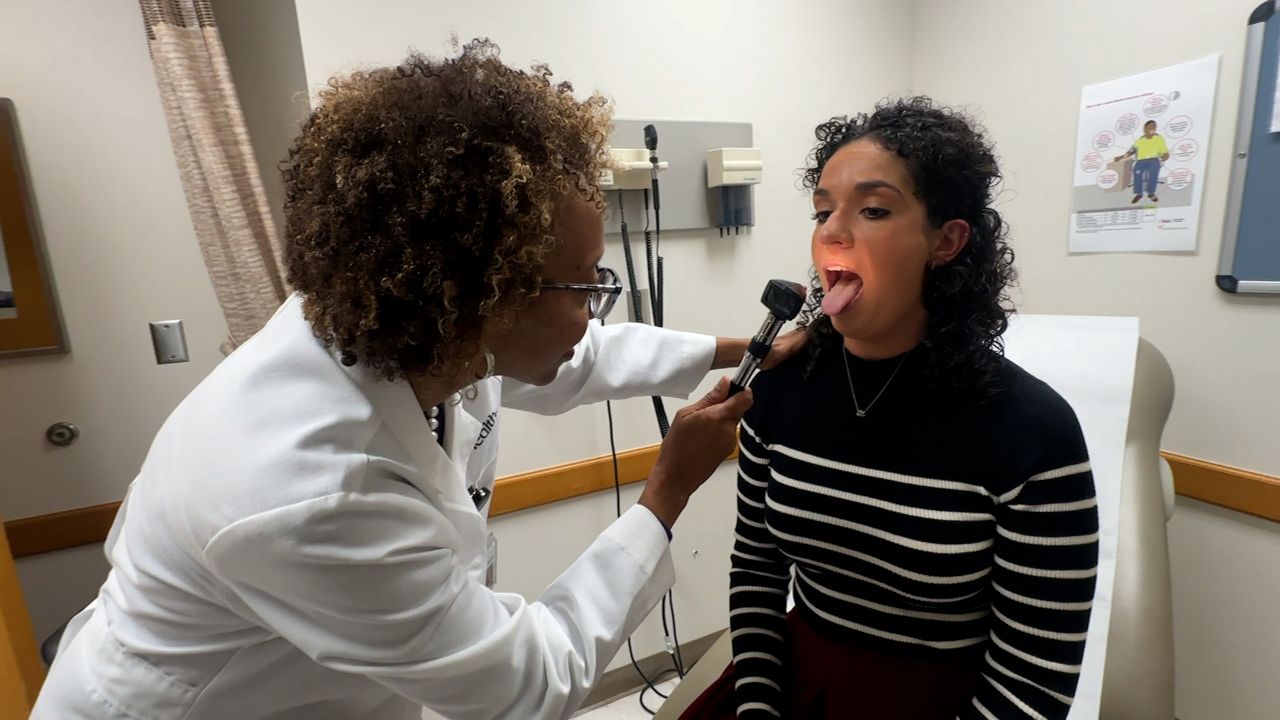Jobs
UA Professor Upcycling Waste for Green Construction and Jobs

TUSCALOOSA, Ala. — In a recently awarded grant project led by The University of Alabama, researchers will upcycle agricultural and industrial waste into affordable and greener construction materials. The collaborative effort across four universities in three states is designed to also create new revenue sources in each of the participating states.
The project, “Transforming Wastes Into Economic Assets for Sustainability, Resilience, and Prosperity by a Novel Negative Emission Technology,” is a $6 million grant through the NSF EPSCoR Research Infrastructure Improvement-Focused EPSCoR Collaborations Program focused on building climate resilience and strengthening STEM education in regions that have traditionally received less funding.
An Industry Need
Many rural and poor communities grapple with the intersection of a changing climate and industrial waste. The NET technology proposed has the potential to help remove hazardous materials and generate new jobs and revenue while also contributing to the global effort to reduce carbon emissions.
Cement, an integral component of concrete, is responsible for around 8% of the world’s carbon emissions.
“If we use less cement, we reduce carbon emissions,” said Jalai Wang, a professor in UA’s College of Engineering. “That’s an industry need, and researchers are trying to find ways to reduce the amount of cement used in concrete.”
Recycling demolished concrete is possible but limited, Wang said. Most concrete is crushed and put back into other concrete, but that can change the structural properties of the material. That process also generates its own waste, a great deal of fine powder that cannot be recaptured.
Another well-publicized waste problem, especially in Alabama, is coal ash. This byproduct of burning coal is an environmental and economic problem for many communities in the state. Unlined ponds can leak toxic substances into water and soil, creating a health hazard that dates back decades.
Coal ash is interesting to researchers because it is a source of calcium, which can combine with carbon dioxide to make calcium carbonate, a key ingredient in cement. While some existing companies reclaim and process coal ash, only a portion is usable. The rest goes into landfills.
Green and Affordable Construction
In the course of his research to reduce the carbon footprint of construction, Wang asked whether all of these processes can be made better.
His found an answer in potato skins.

Working with researchers from the University of Idaho, Wang proposes to ferment biomass – waste from the agricultural and forest industries that would otherwise go to landfills – to produce organic acids. With the substances they derive from this agricultural waste, they can extract calcium from coal ash and waste concrete for carbon capture and produce more reactive silica. Both can be used as supplementary cementitious material to replace part of the cement used in concrete. The result is a circular process that sequesters carbon that would otherwise be in landfills into green construction materials.
“Sometimes, when looking for green alternatives, we produce something so expensive most people cannot use it,” Wang said. That isn’t the case with this research. Alongside climate solutions, affordability was one of the key parameters in the project.

Concrete traditionally has been poured into molds that limited experimentation with shape and form. Large-scale 3-D printing has brought new possibilities. Wang reached out to researchers at the University of New Mexico, which houses a large 3-D printer, to bring in that capability. Alabama A&M University offers a robust workforce development capacity and will be developing that arm of the project.
The project will accomplish three key goals — reclaiming waste, harnessing carbon and building economic and climate resilience in underserved communities — but Wang hopes to advance the science in pursuit of other benefits as well.
“Preliminary data shows promise in developing new metamaterials for building,” Wang said. “When we capture the carbon in these materials, we also produce other interesting materials.”
Dr. Sri Aaleti, associate professor of civil, construction and environmental engineering at UA, is a co-PI on the project.
The UA-led effort is one of 14 funded in this $77.8 investment in American infrastructure. These awards will support interdisciplinary research teams working across jurisdictions to advance climate change research and build resilience in disproportionately affected communities nationwide.
“Every part of our nation has been impacted by the changing climate. We build a sustainable future for all by investing in climate resilience research and solutions across our country,” said NSF Director Sethuraman Panchanathan. “By empowering researchers from different EPSCoR jurisdictions and enabling collaborations across diverse institutions from the Mountain West to the Gulf Coast, from the Southwest to the mid-Atlantic and New England and beyond, we are driving innovation that fosters STEM opportunities, economic growth and climate resilient communities.”
The University of Alabama, part of The University of Alabama System, is the state’s flagship university. UA shapes a better world through its teaching, research and service. With a global reputation for excellence, UA provides an inclusive, forward-thinking environment and nearly 200 degree programs on a beautiful, student-centered campus. A leader in cutting-edge research, UA advances discovery, creative inquiry and knowledge through more than 30 research centers. As the state’s largest higher education institution, UA drives economic growth in Alabama and beyond.








